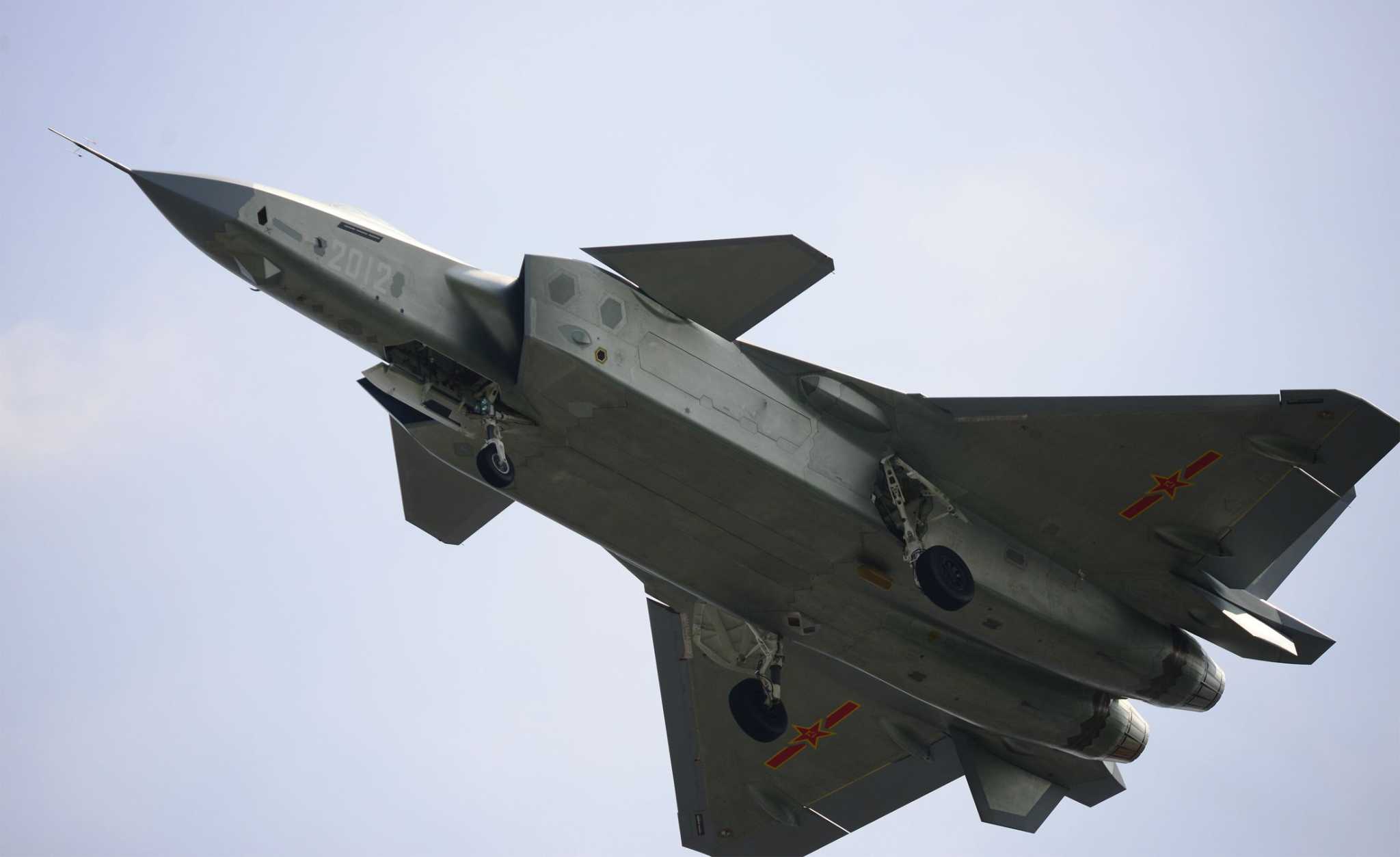The latest prototype of the Chengdu J-20, China’s fifth-generation stealth fighter, with the temporary tail number “2016” has begun taxiing tests recently, according to Sina’s military news web portal.
There are at present seven prototypes of the aircraft, which had its maiden test flight in early 2011. The main mission of the prototype with the initial tail number “2001” was to undertake a maiden flight and to test the aircraft’s aerodynamic structure and stealth capabilities. The prototype which originally had the tail number “2002” (now been repainted as “2004”) was used mainly to test avionics, as well as the hydraulics and the pneumatics of the weapons bay. Later it was also used to test bomb drops.
Another two prototypes have not conducted test flights, including what is now the “2002” and the “2003,” and have likely been used for static strength tests, ground-based radar cross-section tests, fatigue tests and the “iron bird” test platform. Six prototypes have previously carried out flight tests, the “2001,” the “2002,” (now the “2004”) and the 2011, as well as three newer prototypes with the tail numbers “2012,” “2013” and “2015.”
The next batch of prototypes will halt use of simulated flight systems, fly-by-wire control systems, electronic warfare systems and pneumatics, which will all be actually installed within the craft, to allow for more comprehensive test flights, according to commentators.
The current J-20 prototypes are equipped with an electro-optical distributed aperture system (EODAS) similar to that of the Lockheed Martin F-35 Lightning II. They are also equipped with the active electronically scanned array (AESA) radar developed for the J-20 over a number of years by the Nanjing Electronic Technology Research Institute, also known as the No. 14 Institute. The AESA radar is similar in its specs to the Northrop Grumman AN/APG-77 low probability of intercept radar installed on the Lockheed Martin F-22 Raptor and the AN/APG-79 developed for the US Navy’s F/A-18E/F Super Hornet and Boeing EA-18G Growler.
The next batch of J-20 prototypes will reportedly be equipped with imported Russian AL-31FN series 3 engines. The engine’s specs are similar to the AL-31F M1 and are equipped with a full authority digital electronics control (FADEC) system. As research and development on the domestically built Xian WS-15 engine has fallen well behind, with the engine not even having undergone high-altitude test flights, it is unlikely to be installed in the first production batch of the J-20.
The first batch of J-20s to enter into production will be handed over to the PLA Air Force test flight and training center in Cangzhou and will be handed over to frontline air force units in 2017. It is expected to achieve initial operational capable (IOC) status in 2019. This batch will likely be equipped with Russian-made AL31F-M2 or AL-41F1S engines until around 2020. The domestic WS-15 will likely mature in time to be installed in the second batch of J-20s to be manufactured, which will be called the J-20A.
There has been continuous bad news emerging about the T-50 prototype of the Russian fifth-generation Sukhoi PAK FA fighter. The T-50 is reportedly inferior to the J-20 in terms of its avionics, the material used to make the plane and its stealth capabilities, and it iss uncertain whether it will enter service at all. Production of the US F-22 has halted after 187 planes came off the line and many of the aircraft have been grounded due to a problem with its oxygen supply systems. The F-35 has faced interminable delays and its overall capabilities do not seem to match up to the T-50, never mind the J-20.
If China’s air force were to be equipped with 500 J-20s, it would rank first among the world’s air forces, according to the website. The J-20 does not currently have a carrier-based variant and China is yet to establish an overseas air base, so its primary objective will likely be to protect China’s airspace and air defense capabilities.










